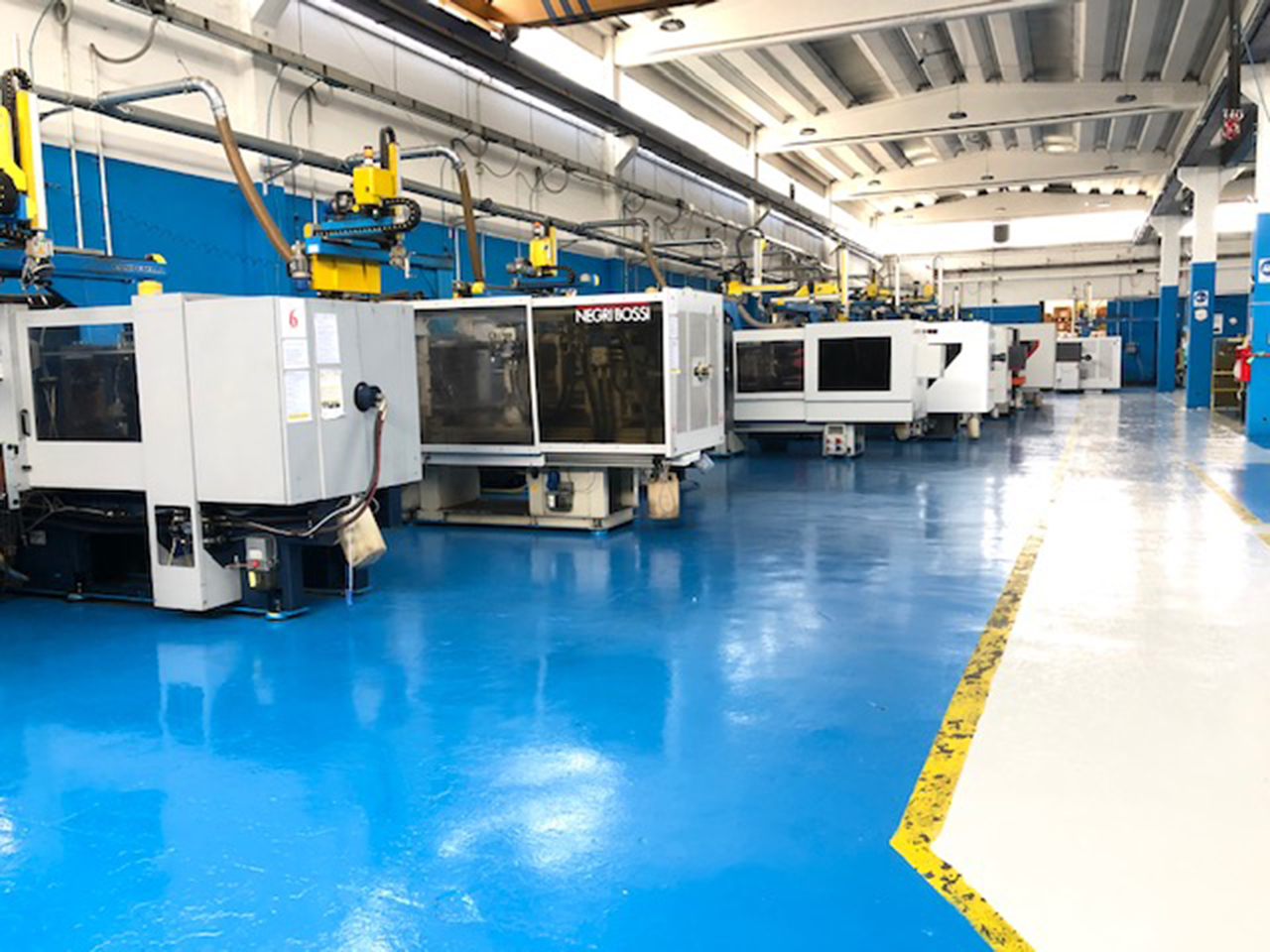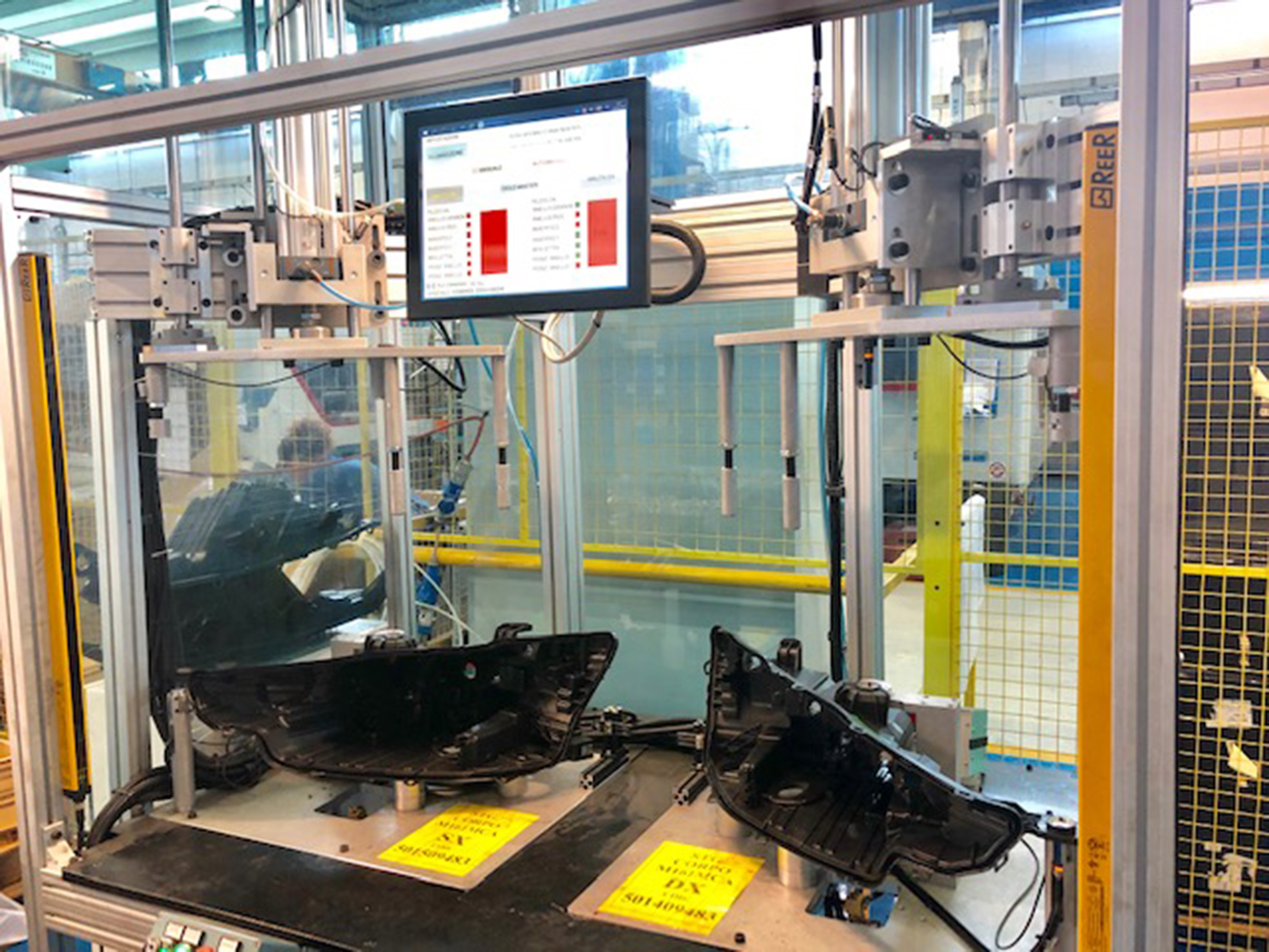The injection molding cycle of thermoplastic materials begins with the melting of the granule of the thermoplastic material.
If brought to its melting temperature, thermoplastic materials (Polypropylene, Polyethylene, Polycarbonates, Methacrylate, Polyamides - known as nylon, ABS, Polyester, etc.) have the characteristic of becoming similar to a very viscous, visco-elastic liquid, without lose their characteristics.
The melted thermoplastic material is then "injected" into the mold cavities, inside which it cools down taking the shape of the impression / cavity inside the mold, requested by the customer.



